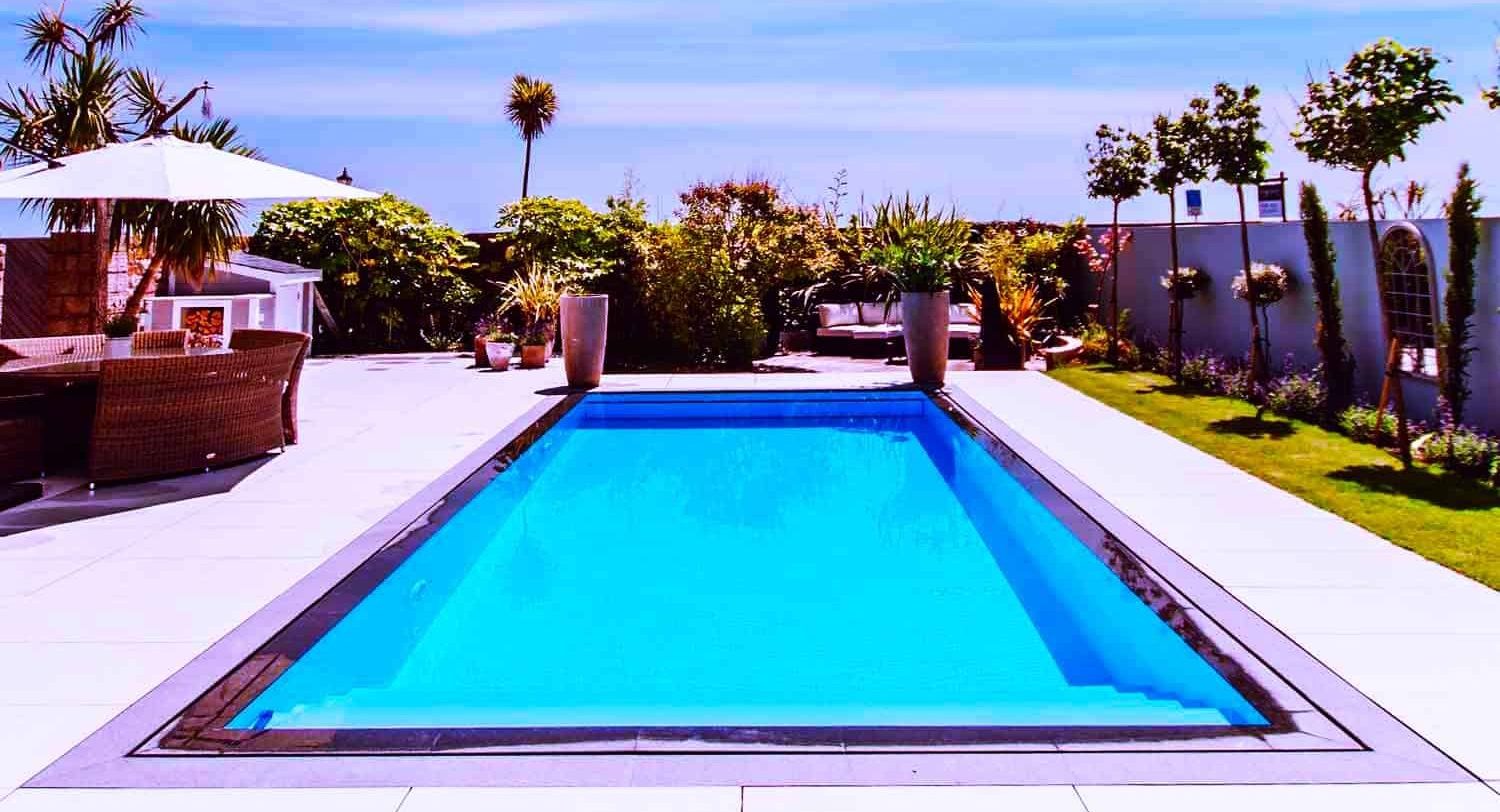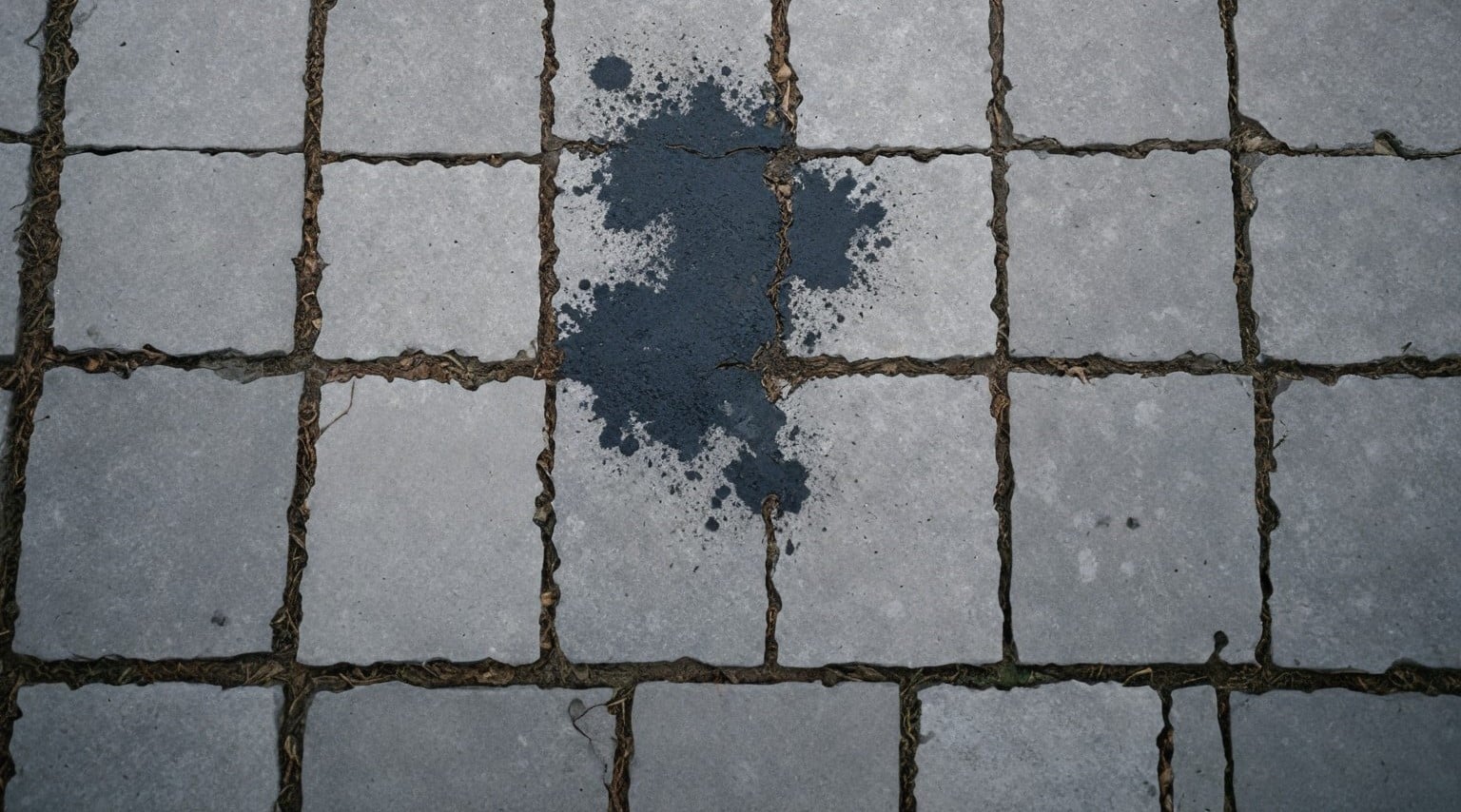If you’ve just purchased your dream home and are now considering how to get started on the landscape of your dreams, there are a number of considerations to keep in mind to make sure you do things properly at every step of the way. Planning your dream garden is something that will have you getting excited about each time you go outside.
The visualization of the landscape of your dreams is probably the first thing you need to consider. A garden can get as complex as your creative mind allows it to, and all that it boils down to is fulfilling your creative vision. You’ll want the garden of your dreams to be a beautiful and lush area that lets you escape the hustle and bustle of daily life.
There are a couple of things you’ll want to consider when you’re trying to think of a good design for your dream garden.
Dream Big
When you’re thinking of a garden for your yard, try to dream as big as possible. Start to consider some of the different textures and colors that you’ll want to be incorporating into your garden, like interlocking a walkway or interlocking driveway. Think about the different plants and shrubs that you’ll put in it and in what design. The better your vision is, the better you’ll be able to think of ways to fulfill it once you get started.
Your Vision
As you’re planning the vision for your garden in your mind, look at as many other gardens as you can. Consider sifting through gardening magazines or photos online to see what piques your interest. Some common gardening ideas you’ll want to think about are:
If you’re using a magazine, cut out or bookmark some of the ideas that you’re interested in and start collecting more and more images to add to the list of ideas that you already have. If you’re wanting to get a pool installed at some point in the future, consider visiting a pool contractor in the area to give you a better idea of what types of pool designs are out there that will work with your yard.
Pools come in all shapes and sizes, and they can be fully customized to your yard. There are many different elements to think about when you’re planning a landscaping design, and the more thought that you put into it, the better your vision will end up turning out.
Design
After you have a concrete idea of your vision, you’ll want to put those thoughts onto paper. The drawing doesn’t have to be some magnificent piece of art that will be hanging on your wall. All you have to do is draw a bunch of diagrams for where you think things will be placed and situated. When you’re drawing in the landscaping elements on the piece of paper, consider other areas where things can be located.
Sometimes landscaping elements don’t always work the way we envision them, and it helps to have an open and flexible mind when you’re thinking of what design to go with. Are you wanting to build an organic pathway? What about lawn elements? The more you think about these things, the better idea you’ll have when you’re writing things down on paper.
If you’re drawing the landscaping elements on paper and things are starting to cause you to scratch your head, think about removing them altogether. Don’t hesitate to adjust your vision as you go along. Not everyone’s vision always works out the first time, and the first time you’re doing your drawings, think of it as a rough draft that you can revise along the way.
Developing Your Vision
After you’ve got your vision written down on paper, you’re at the point where two distinct plans need to be thought about. The first one is the schematic of the vision you’ve had on your mind, and the second is how you’re going to actually go about building your vision.
At this point, some things you’ll have to ask yourself are:
- Do I have the skills to do this job myself?
- Do I have the tools to finish it?
- Should I consider hiring a professional?
- How much will this all cost me?
- Do I have the budget for it? (Try to calculate it using our article on landscaping cost in Ontario)
- What materials will I need?
Answering these questions will help propel your vision and get it moving. If you don’t have a budget for hiring someone to fulfill your vision, you’ll have to consider your skill set and if you’re able to get the job done on your own. Many DIY types of people love partaking in landscaping their own yard, and doing things on your own can be a fulfilling endeavor.
Building
After you’ve gone through your vision and answered some of the above questions, you should be well on your way to getting started with making things happen. Throughout every step of the way, you’ll want to ensure you’re not making any mistakes. Mistakes that you make at any point will end up compounding and causing future problems.
If you’re wanting to build a pool in your yard and there are trucks being driven all around your yard, this could damage the soil strata because of how compact it becomes. You’ll also want to put a lot of thought into the plants and shrubs that you’re going to be using. Sometimes people make the mistake of choosing shrubs that aren’t compatible with the environment in which they’re planting them, and this can result in them not growing properly.
Sometimes it also becomes too easy to neglect certain parts of the landscaping design. All too often, people can get overly focused on completing their pool and then end up forgetting or neglecting the plants. Neglecting plants is one of the quickest ways in ensuring they won’t survive. Plants are like anything else in life. They need a lot of care and nurturing in order to grow and thrive.
If things start to feel like they are getting a little out of hand and beyond your control throughout any stage of the process, consider consulting with a landscaping company. A landscaping company fulfills gardening and landscaping visions for clients on a daily basis, so they know exactly what to do at what point of the process.
Your Plan
Before you grab a shovel and start digging into the ground, make sure your plan is carefully thought out every step of the way. You’ll want to make an organized checklist of things to go through while checking off the boxes when things get finished.
It’s too easy to skip certain stages of your landscaping design, and with a checklist, you’ll keep reminding yourself to get things done in a step-by-step process. An example of this is neglecting your plants after you’ve just transplanted them. When plants are just finished being transplanted, they go through a shock period until their roots are established.
After the roots of your plants are established, then you can move onto the next step of your landscaping vision. A landscape design is something that can result in a lot of maintenance over the years, but it’s also something that will have you experiencing a great sense of satisfaction and fulfillment.

